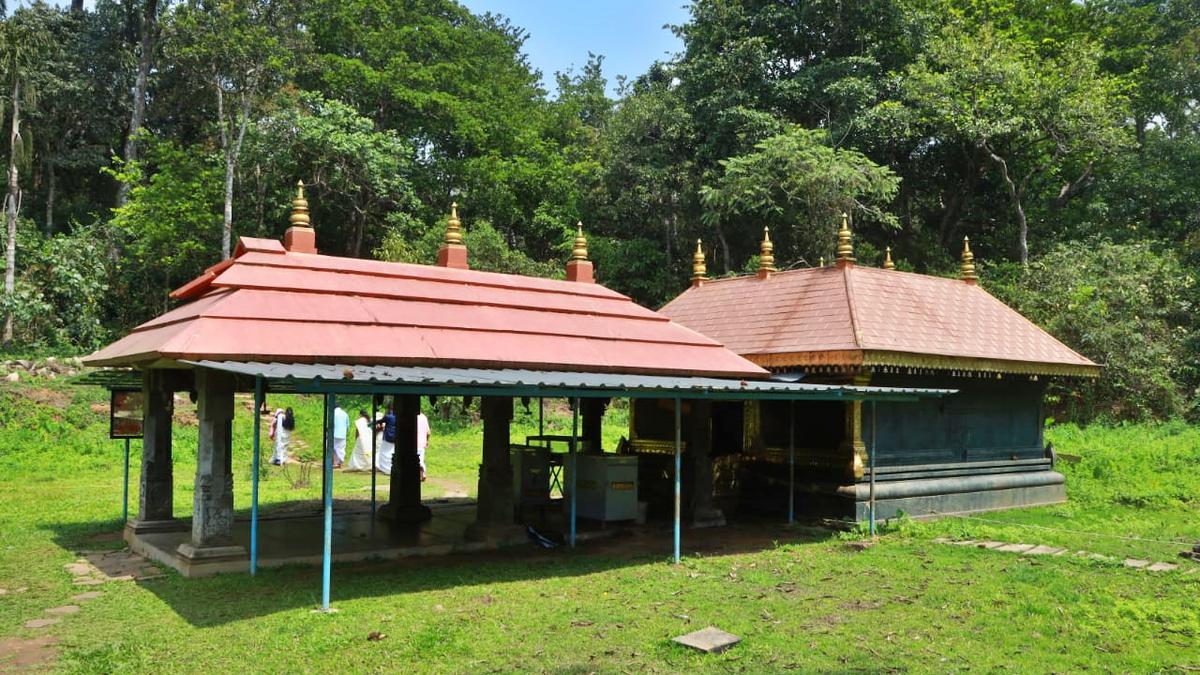
This sacred grove at Manikavu is a verdant sanctuary in Wayanad
The Hindu
The sacred grove of the Manikavu Sree Mahadeva temple in Wayanad under the Malabar Devaswom Board has set a model in transforming barren land into a ‘forest’ with the addition of rare endemic and threatened (RET) plant species of the Western Ghats
The sacred grove of the Manikavu Sree Mahadeva temple in Wayanad under the Malabar Devaswom Board has set a model in transforming barren land into a ‘forest’ with the addition of rare endemic and threatened (RET) plant species of the Western Ghats.
The model has been set up by the temple authorities with the support of M.S. Swaminathan Research Foundation (MSSRF), the Social Forestry and Soil Conservation departments and the Meenangadi grama panchayat.
More than 29 acres of land are now under the canopy of nearly 4,000 plants that belong to more than 50 species.
“The temple is known for its biodiversity as it lies on the lap of lush green woods. Water flows perennially on the deity from a stream through a stone channel which is a major attraction of the temple,” says V.K. Unnikrishnan, manager of the temple.
A massive destruction of bamboo groves following a gregarious blooming of the plant in the district around 15 years ago blighted the groves on the temple premises. Soon, invasive species of plants such as lantana and eupatorium spread on the vacant plot, says Mr. Unnikrishnan.
Later, the authorities gave the land to farmers on rent for cultivation of short-term crops, including ginger, elephant foot yam and cassava. It led to soil erosion and gradually affected the perennial water flow on the deity.
When the temple authorities were trying to find a way to restore the lost biodiversity and water flow, MSSRF authorities agreed to plant the RET species of plants such as Vateria indica, Vateria macrocarpa, Calophyllum inophyllum, Hopea parviflora, Hopea ponga, Stereospermum colais, Butea monosperma, Syzigium travanvoricum and Kingiodendron pinnatum as well as bamboo saplings on four acres of land on an experimental basis. It turned out to be a huge success and the foundation set up a medicinal plants garden and a tree arboretum.











